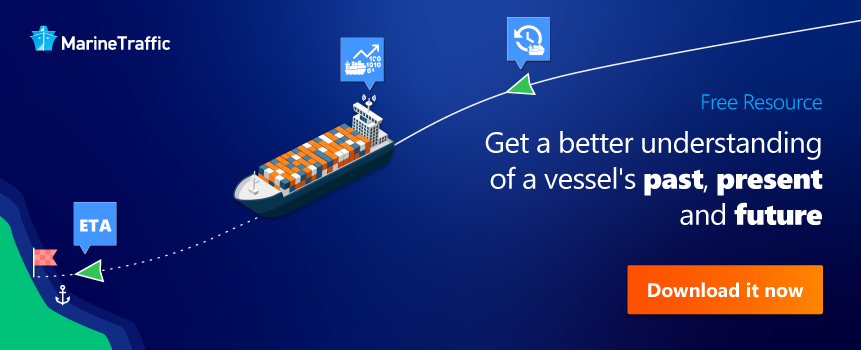
[ad_1]
London will be at the epicenter of the fashion world on Thursday this week (16 September) as leading designers and clothing aficionados ascend on the UK city in anticipation of next season’s trends.
One of the ‘big four’ fashion weeks, along with Milan, Paris and New York, London Fashion Week is a six-day event, which in non-Covid years attracts over 5000 press and buyers, all keen to track the trends of high-end garb for well-heeled customers. The couture fashion that graces the catwalks at this event will be accessible only to the wealthy as high price tags keep it exclusive.
The ‘big four’ shows have a reach beyond the fortunate few, however, as the clothing presented significantly influences the high street fashion increasingly purchased from online stores, making on-trend designs available to the many. These clothing outlets fuel an industry that took off in the early 2000s, enabling the fast-changing, low cost clothing styles coined as ‘fast fashion’.
Good on You – which rates clothing companies according to their sustainable and ethical practices – defines fast fashion as “as cheap, trendy clothing that samples ideas from the catwalk or celebrity culture and turns them into garments in high street stores at breakneck speed to meet consumer demand”.
Paris may be the place for haute couture, but the majority of clothing these days is made and finished in Asia and transported in vast quantities in containers to meet the insatiable western desire to be ‘on trend’.
This is an industry dependent on the economies of scale made possible through containerisation and just-in-time arrivals, driven by modern logistics supply chains and technologies.

Clothing trends change at a remarkable pace, and this has in part prompted a rise in in-transit monitoring and visibility offerings so that shippers can track their cargoes across the supply chain.
Knowing where your goods are at any given time, whether truck, ship, train etc – eliminates uncertainty and creates confidence that goods will arrive as scheduled. Such technology is underpinned by GPS, RFID (radio-frequency identification) and satellite, amongst others and, of course, at sea the AIS (automatic identification system). This is the technology powering the data behind the MarineTraffic Live Map, which shows where ships are, have been and where they are going.
The MarineTraffic platform can also help identify port congestion trends, real-time disruption alerts, and more specifically can highlight shipping and terminal performance, again in real-time.
Disruptions and delays at sea, port or at any other point within the supply chain can delay shipments and wreak havoc for cargo owners. The world watched as China rolled out strict quarantine rules to curb the spread of the Covid-19 virus and the resultant closure last month of certain terminals, resulting in congestion at other Chinese ports as ships were diverted.
“China is an important component of the global supply chain … Any shutdowns or delays from China have the potential to delay finished goods two or three tiers out,” Jim Bureau, chief executive officer of Jaggaer, a U.S.-based procurement technology company was reported as saying by Reuters.
Whilst these scenarios cannot be eliminated by in-transit monitoring and cargo location visibility, they do empower the cargo owner to be able to make fast decisions and realise the best possible outcomes.
China is a heavyweight in the fast fashion chain. European fashion companies such as H&M and Zara are two examples that outsource the manufacture of their clothing to low-wage countries such as China and Bangladesh.
Its capacity to mass produce finished products is reflected in MarineTraffic data, which reveals that for the eight-month period between January and August this year, Chinese ports handled 67% of the top 10 ports’ container vessels. Combined, these ports handled 5668 containerships with Shanghai being the busiest, although the top spot goes to Singapore with 1353 vessels.
Europe’s biggest container gateway, Rotterdam, was the only European port that featured in the top 10 and ranked as sixth in the period with 598 vessels. The UK is one of the biggest importers of fast fashion and so it follows that a significant amount of clothing will likely be moved through Rotterdam before making its way across the English Channel.
Fast fashion companies are often criticised for their unsustainable practices and for fuelling low wages and poor labour conditions. It does not seem to be affecting its sales, however, with the market quoted by Intrado Newswire as being worth $25.09 billion in 2020. And whilst there is an appetite for the product, shipping will continue to aid its journey from manufacturer to consumer, making use of the economies of scale container shipping brings.

[ad_2]